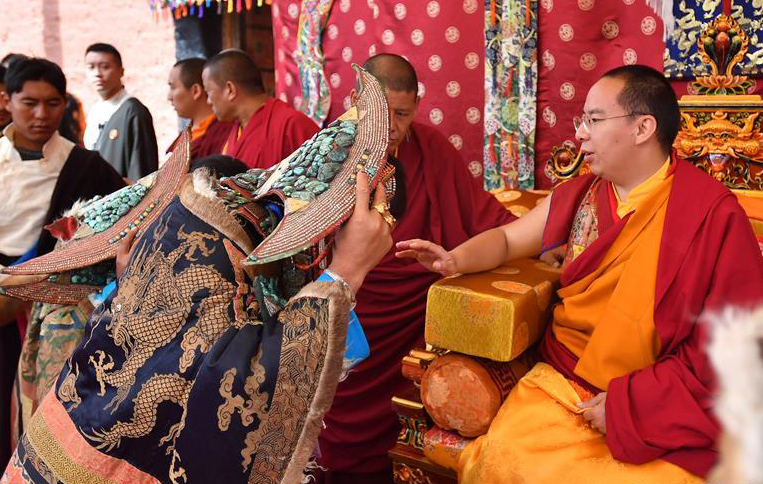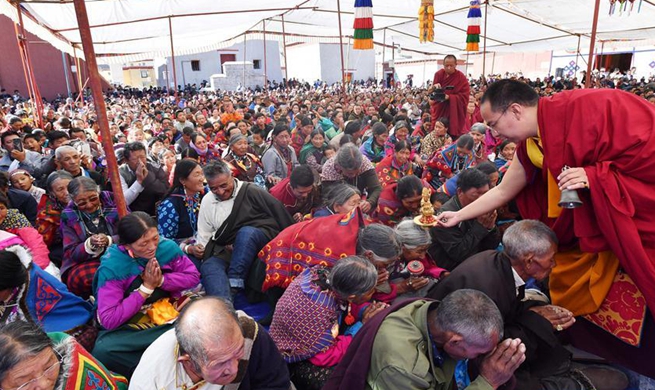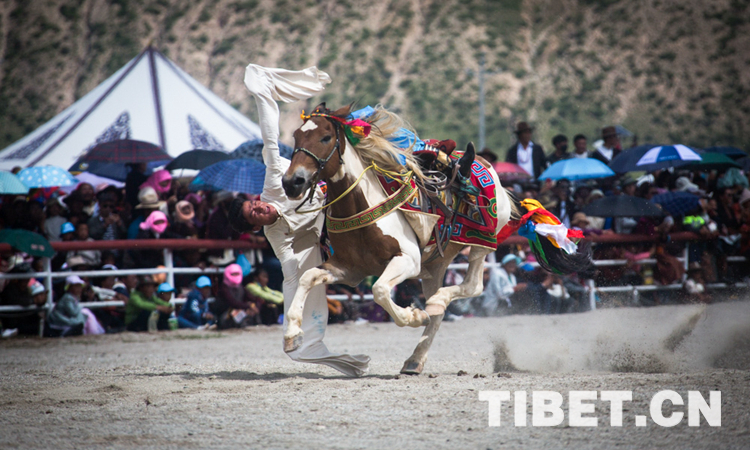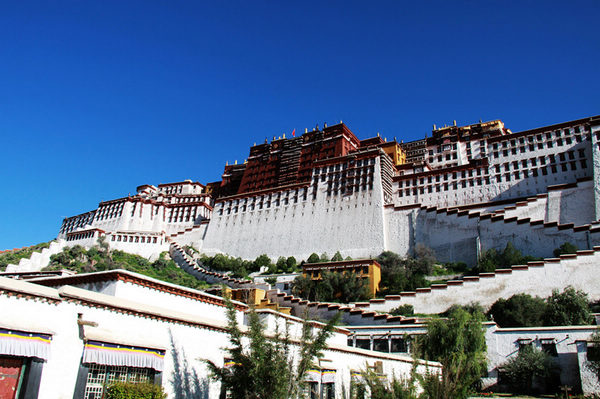26 prehistoric human activity sites discovered on Qinghai-Tibet Plateau
Researchers have found 26 prehistoric sites with evidence of human activities during an expedition to the Qinghai-Tibet Plateau, according to the Institute of Tibetan Plateau Research, Chinese Academy of Sciences.
The research covers 16 counties and prefectures in southwest China's Tibet Autonomous Region spanning around 8,000 square kilometers. A total of 58 prehistoric sites with evidence of human activities have been found, 13 of them are of great significance for archeological studies, according to the researchers.
"Discovery of these sites is one of the greatest achievements of this expedition," said Yang Xiaoyan, who heads a team of the expedition, "through further studies, we can reveal the geographical changes, social and economic conditions and even technological communication of the prehistoric humans in the region."
The field research and sampling have been completed and the research team will conduct further analysis and tests on the gathered samples. The teams will also conduct studies on the 1,442 pieces of stoneware found at the sites.
The expedition is part of the second comprehensive scientific expedition to the Qinghai-Tibet Plateau that began in June 2017. Lasting five to 10 years, the expedition will conduct a series of studies focusing on the plateau's glaciers, biodiversity and ecological changes, and will also monitor changes in the region's climate.
China's first comprehensive scientific expedition to the plateau took place in the 1970s and covered more than 50 disciplines including structural geology, paleontology, geophysics, climatology, zoology and botany.
Tibet Stories

The story of Chosang, a former serf
"My life experience has fully demonstrated that without the Communist Party, there would be ...
Editor’s Choice
- 11th Panchen Lama goes to Ngari for Buddhist activities
- 11th Panchen Lama attends Buddhist activity in China's Tibet
- Buddhist activity held at Toling Monastery in Ali, China's Tibet
- Camera captures snow leopards mating in NW China
- Top political advisor stresses ethnic, religious affairs, poverty alleviation







